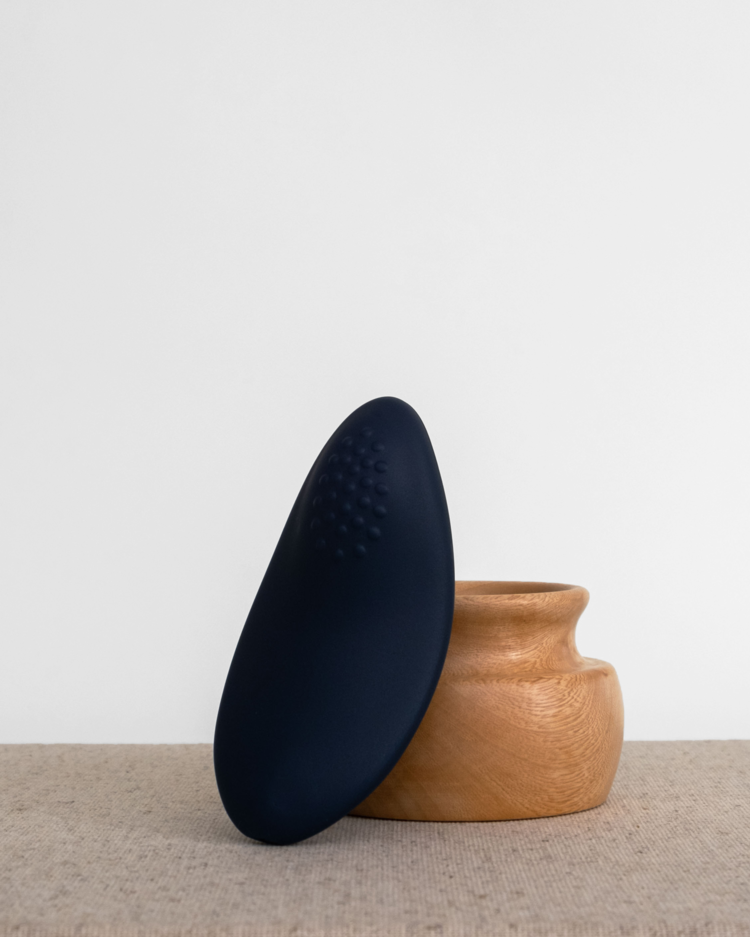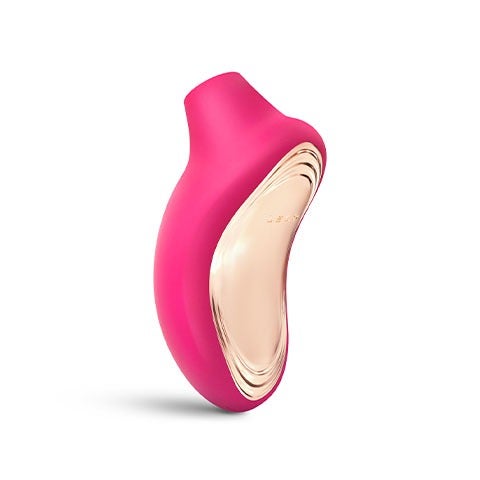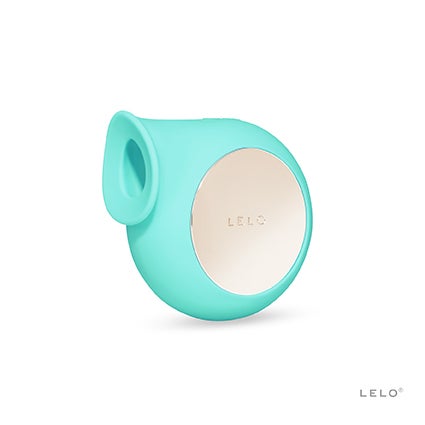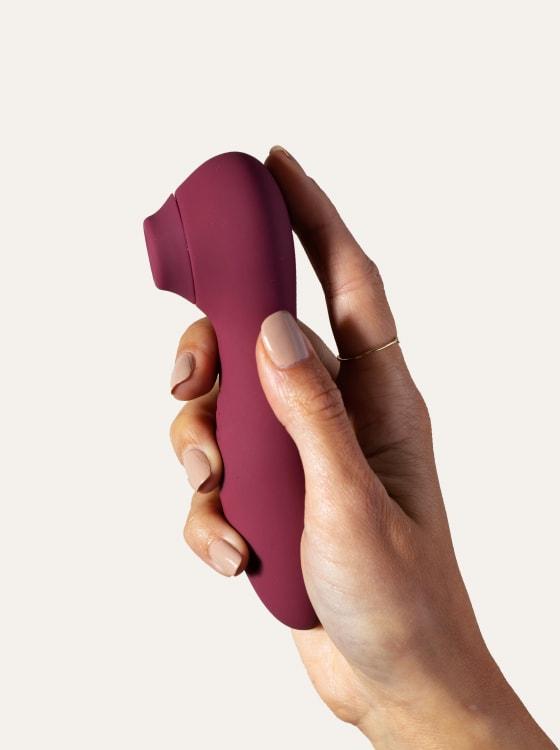At Refinery29 Australia, we’re here to help you navigate this overwhelming world of stuff. All of our picks are independently selected and curated by the editorial team, but we may earn commission or other compensation from the links on this page.
Studies have shown that there are many contributing factors to the orgasm gap between heterosexual males and females — relationship status, mental health, body image, sexual health etc. among them. However, one of the most significant contributing factors is that 81.6% of women can’t orgasm from sex alone. This is in comparison to 51-60% of women who can orgasm during sex with simultaneous clit stimulation.
AdvertisementADVERTISEMENT
And while the solution sounds like a simple one — add clitoral stimulation — it's one we seem to find difficult to normalise. This is mainly because the easiest way to do this during sex is by adding a vibrator into the mix, and particularly for heterosexual couples, this can be a tricky conversation to have.
While writing this article, I reached out to a bunch of women to find out what was stopping them from using toys during sex. The more women I spoke to, the more I noticed a common theme: they didn’t know how to communicate their needs to their partner without making them feel inadequate in some way.
Certified Sex Coach Georgia Grace shared that this is a common experience among her clients. “Introducing sex toys into partnered play can be incredibly fun, satisfying, exciting and make sex a whole lot more fulfilling for everyone involved. There are so many benefits, and many couples enjoy using toys as an addition to their sex life. Though many people identify that they don't know how to bring it up with them.”
So how can we confidently and gently open up the lines of communication with our partner?
Talk about it
There’s a reason that open communication is the key to a successful relationship, especially when it comes to sex. “Don’t assume that they'll be into you whipping out a toy mid-sesh,” says Georgia. “Anytime you try something new, you must discuss it with them prior, ascertain consent and discuss what you're curious about.”
AdvertisementADVERTISEMENT
Be specific
Georgia recommends always being specific when identifying your needs. “Let them know how, where or even why you want to use a sex toy. Would it be just for you? Or for them as well? Or for both of you? Who will be holding it?” The more information you can give them to feel comfortable with the idea of introducing a sex toy, the more likely it is that they’re going to be open to exploring it.
Make it an experience for both of you
When you’re introducing sex toys into the dynamic, it's important that both of you feel comfortable and have a choice in your decisions. A great way to do this is to go 'shopping' together, explains Georgia. “Yes, most of us buy our toys online now (thanks to the life-changing discreet packaging and next day deliveries!). But it can be really fun and sexy shopping for toys together and finding something that is really exciting for you both.”
Try it solo first
If the toy is new, Georgia recommends trying it by yourself first so you can really learn about how it works with your body and what feels best for you. “That’ll make it a whole lot easier when it comes time to communicate with your partner too!”
Show and tell
Once you know what works for your body, it’s time to let them know exactly what you want, like or need. “Show them how you'd like to use it on your body or ask them to show you how they'd like to use it on their body (this can also be a huge turn-on for many couples, watching their partner take charge of their pleasure and get themselves off),” explains Georgia. This is also a fun way to introduce mutual masturbation into foreplay too.
AdvertisementADVERTISEMENT
Don't forget aftercare
Afterwards, it's important to debrief, says Georgia. “Ask them questions like, How was that for you? What worked? What didn't? Would you like to do it again?” — this way, you can have an open conversation about your experience.
What to do if they're not into it:
Remember, you can't convince or persuade someone to do anything they don't want to — consent is vital, says Georgia. “It will be useful to discuss your boundaries and get curious about what each person is willing or not willing to try. I often hear that partners don't want to try toys because they're scared the toy will replace them, or they feel it'll get in the way of intimacy. In this case, it may be useful to speak to the benefits of the toy, like increased pleasure, satisfaction or an opportunity for exploration.”
And a little reassurance can go a long way, explains Georgia, so it’s worth letting them know that no matter how much you love it — toys can not and will not replace human connection. “And if they're not into it — thank them for sharing their boundary. The great news is, you can still use the toy by yourself,” says Georgia.
AdvertisementADVERTISEMENT












